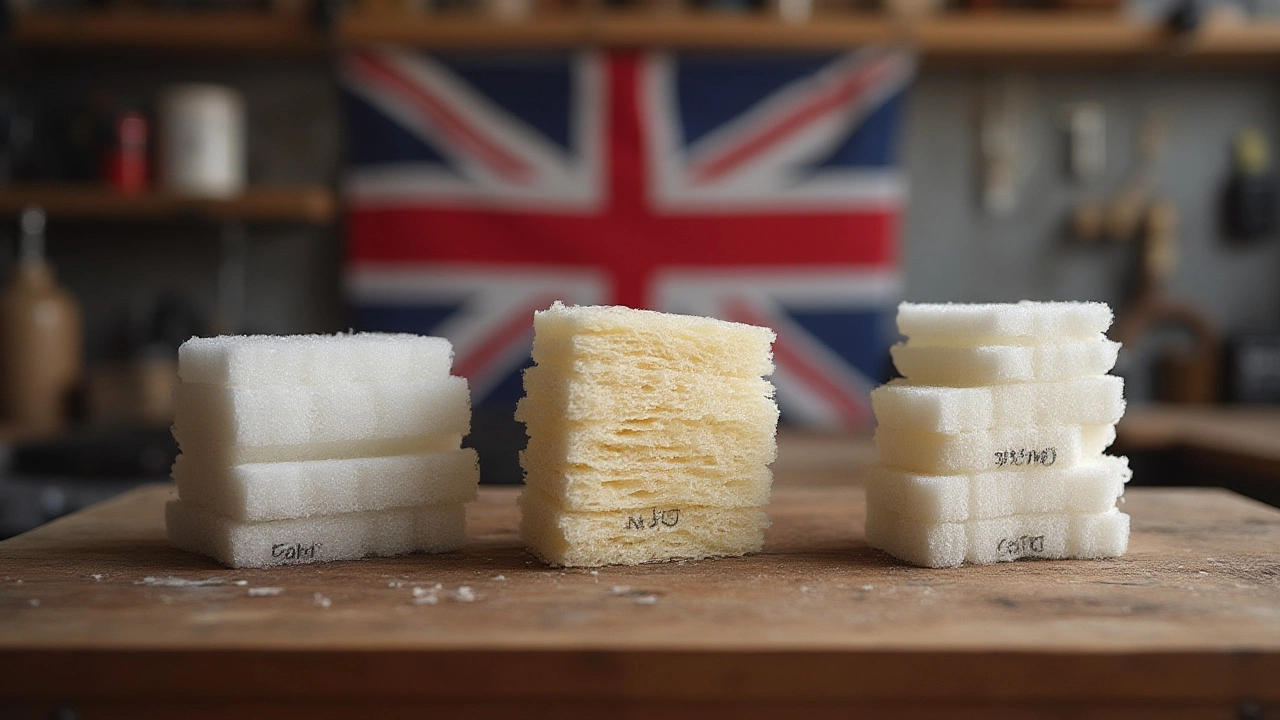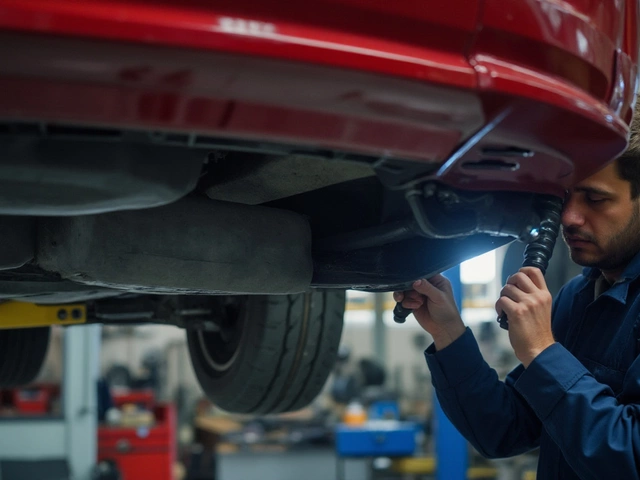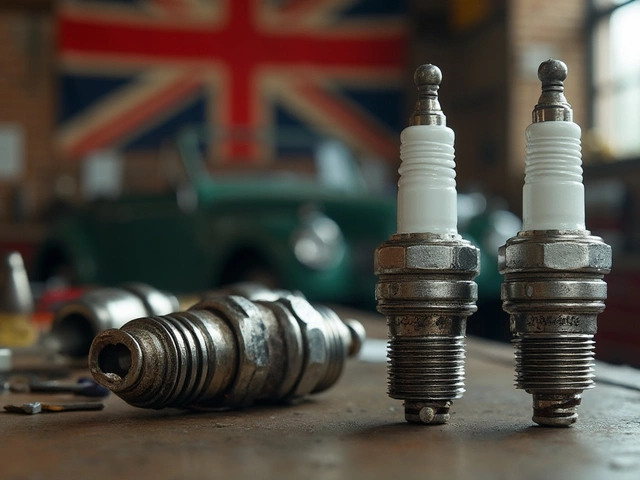Ever changed an air filter that looked just as grimy as the last one you tossed, even though you tried a different type? You wouldn’t hand your engine a cup of muddy water, but starving it of clean air comes pretty close. And with the price of parts creeping up, nobody wants to fork out for a new air filter sooner than they need to. Here’s the thing: not all air filters are created equal—some fizzle out quickly, while others practically have nine lives. If you’re chasing the sweet spot between longevity, value, and keeping your engine running smooth, let’s get right into the nuts and bolts of which air filter type will actually last the longest.
Types of Air Filters: Paper, Cotton, Foam, Synthetic, and Beyond
Think of air filters like shoes for your car—each has its own purpose and lifespan. There’s the old faithful, paper filter, chugging along in most factory set-ups. Cotton filters, often used on high-performance cars, promise breathability and easy cleaning. Foam filters show up in off-road vehicles and heavy dust environments. Synthetic blends are the new kids, often popping up in premium brands. Let’s break down what makes each tick.
Paper air filters are single-use, usually white or off-white with pleated designs. You find them in most standard motors because they combine decent filtration and affordability. Typically, you’ll get 12,000 to 15,000 miles out of one—maybe a bit more if you’re gentle on your car or driving in the clean air of the Welsh coast, less if you’re tooting around the city every day. Paper filters clog up with dirt and pollen, and once they’re done, you chuck them. The cost? Usually the cheapest upfront, but not if you’re swapping them more often.
Cotton gauze filters, like those famous K&N ones, make a bold claim: washable, reusable, and can be re-oiled for years. Properly cleaned and cared for, these can go over 50,000 miles between services—sometimes winning the filter lifespan race. Cotton filters are made with layers of oiled cotton sandwiched between wire mesh. They flow more air (which performance lovers like), but you need to clean and re-oil them properly, or you risk letting in fine grime. After a full cleaning and oil, they’re back in business and can last for a million miles in theory, though most people retire them after five to ten years.
Foam air filters appear in motocross bikes, quads, or anywhere dust gets everywhere. They’re thick, spongy, and often oiled, letting tons of air in. With good care, a quality foam filter can see 25,000-30,000 miles or a couple of seasons, but they do tend to break down over time, sometimes “melting” if soaked with the wrong oil or cleaning solvent. The best bit? They catch a shocking amount of dirt and debris, ideal for UK’s rally enthusiasts, but with regular cleaning, they do eventually start to crumble.
Synthetic filters, using modern fibre blends, are stepping in as premium options. These are engineered for both longevity and filtering fine particles. They aren’t always reusable, but some models can last almost 40,000 miles—twice as long as paper, less fuss than foam or cotton. Synthetic filters win points for resisting moisture and holding up under tough conditions, like the soggy winters we get in Bristol.
There are also hybrid filters—mixing materials to try for the best of both worlds—but for most drivers, it boils down to paper (cheap but short-lived), cotton (reusable marathon runners), foam (durable, but a bit delicate over time), and synthetic (long-lifers without the DIY cleaning hassle).
How Lifespan is Measured: Real-World Lessons from the Road
Filter lifespan isn’t measured by a magic clock, but by the real abuse they take under your bonnet. If you take the kids out on winding countryside holidays, you’ll gather less dust than city commuters crawling through traffic jams. Bristol’s mix of sea air and city dust isn’t terrible, but if you’re in London or Manchester, pollen and pollution can clog things right up.
Manufacturers set “recommended” change intervals based on averages. See the table below for the typical lifespan figures (based on real manufacturer guides and owner surveys):
| Filter Type | Typical Lifespan (Miles) | Reusable? | Maintenance Level |
|---|---|---|---|
| Paper | 12,000 – 15,000 | No | Low |
| Cotton Gauze | 50,000+ (cleaning intervals needed) | Yes | Medium – High |
| Foam | 20,000 – 30,000 | Yes | High |
| Synthetic | 30,000 – 40,000 | Sometimes | Low – Medium |
But these are just numbers on paper (pun intended). Your real mileage depends on how much dust, pollen, bugs, and rain your car drinks in. I’ve pulled filters out of my own family car during summer camping trips—and even with just 8,000 miles, a paper filter was already packed with gunk. Compare that to my mate’s hatchback running a cotton filter for three years; all it needed was a good cleaning and re-oiling. Sure, keeping up with cleaning intervals can be a faff, but the pay-off in lifespan is clear.
Elevation, moisture, even whether you live near farmland can skew your results. Don’t forget, a clogged filter makes your engine work harder, slurps more fuel, and sometimes throws up those annoyingly vague engine warning lights. Some fancy cars now have filter sensors, but for most of us, it’s still about regular checks and a bit of common sense.

What Affects Filter Life? Dirt, Maintenance, and Care
Here’s the secret sauce: no matter the filter type, the biggest killers are dirt and neglect. Your engine pulls in thousands of litres of air every hour, gulping down whatever the wind brings. Drive near construction sites, dusty fields, or in cities on high pollen days, and your filter’s life shrinks. Paper filters simply hold so much before air stops flowing easily. Cotton and foam are more generous, but only if you actually look after them.
Let’s be honest—cleaning a filter isn’t high on anyone’s weekend plans. But if you go washable, ignoring the schedule means eventual airflow drops, and that performance boost disappears. If you off-road for fun, hose your filter after every trip. For the typical dad run—school, shops, and the odd road trip—a check every oil change (say, every 8,000 miles) does the trick. If you smell petrol or see black smoke out the back, or if your engine just feels “lazy,” take a look at the filter first.
Moisture is another silent assassin, especially for foam. Park your car up after a dash through a heavy rainstorm, and a wet filter can turn gross quickly, especially if left unrinsed. Paper filters hate moisture, too—a soggy filter is as good as useless. Synthetics tend to hold up better, and some are even mould-resistant, which is handy for UK weather. But whatever the type, never slap in a clearly clogged filter and hope for the best. Read up or ask around for the right cleaning method—a wrong oil or cleaner can shrink a filter’s life by half.
Your garage or driveway isn’t just a place to get your hands dirty; it’s where you save yourself a fortune and keep your ride sweet. Filters don’t have to become a money pit: develop a rhythm of checks and you’ll double the life of most filters.
Picking for Longevity: Making the Smart Buy
If stretching out the lifespan is your main goal (and saving some cash comes a close second), longest lasting air filter is a phrase to remember: it’s reusable cotton gauze. They aren’t cheap at first—expect to pay triple what a paper one costs—but over a few years, you’ll save by skipping all those single-use swaps. They’re perfect if you keep your cars for a long time or rack up plenty of miles.
Synthetics are catching up. Some newer brands are matching cotton’s filtering power and outlasting paper by a wide margin. If you’re not keen on the cleaning and oiling gig, a good synthetic is an easy compromise: buy once, breathe easy for up to 40,000 miles, toss, and replace.
Paper is for those who like zero faff and don’t mind spending a bit every service. Good for commuter cars, just not for those looking to break filter lifespan records. Foam, unless you’re constantly in challenging environments, is overkill for most standard road cars but is king in the muck and dust of the countryside or tracks.
Here’s another nugget: installing the filter properly and checking the airbox for leaks makes a filter last longer. A poorly sealed filter lets dirt bypass, doing the engine and the filter no favours. Buy the right size for your model, and give the housing a quick wipe when swapping the filter to stop old gunk cutting the new filter’s life short.

Tips and Tricks for Getting the Most Miles from Your Air Filter
If you want your filter—any filter—to last its full potential, don’t skip these habits:
- Check the filter during every oil change. Tap out loose dirt and inspect light sources for clogs.
- If the filter is reusable, follow the brand’s cleaning and oiling guide—not all filters need the same treatment.
- Keep the airbox area tidy and check for gaps or cracks where dust can sneak in.
- Drive smart. Off-roading, construction zones, and pollen-heavy days take years off any filter’s life. If you must do it, check your filter sooner after those journeys.
- Don’t rush replacements. Filters can go a little past their mileage window if you’re a light driver and conditions are clean, but once a filter is clogged or you notice performance drops, don’t wait.
- Store extra filters in a dry, sealed plastic bag to avoid moisture absorption, especially if you keep a stash in the garage.
So, what’s the verdict? Washing and reusing a cotton gauze filter, kept clean and properly oiled, usually wins the long game. Synthetic filters ride shotgun, especially for those who want to run long intervals without maintenance hassle. Paper filters are easy but keep you on the replacement treadmill, and foam shines in gnarly dirt but isn’t built for eternity. Next time you’re at the shop—or scrolling your favourite car parts site—think longevity, think care, and maybe challenge yourself to break your own air filter change record. Your engine, your wallet, and maybe even the kids in the back seat will thank you for it.





